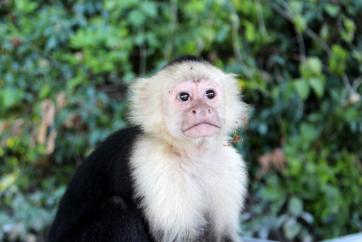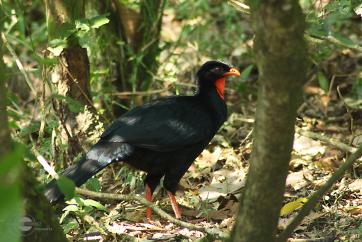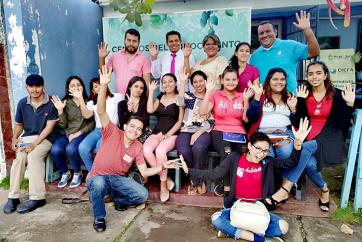From the experience gained by other countries on National Red Lists, the IUCN National Committee of Nicaragua participated in the IUCN World Conservation Congress 2012, in Jeju island, Republic of Korea, and pledged to undertake a similar work in Nicaragua. This is how the first edition of the Red List of vertebrate species at risk of extinction in Nicaragua was presented in 2014, and the second edition in 2018.
Although four years may not seem like a lot of time, a number of suggestions from the first experience were being compiled, which also suggested that there should be a climate of consensus and collaboration. In Nicaragua, a series of publications had been produced, which contributed to a new era of knowledge that had to be harnessed through the making of a Red List that would have a greater support.
The second list comes from a model of partnership-collaboration, originated from a national call, in which the interaction of the academia with the so-called thematic groups, independent social and scientific organizations, allowed us to work actively on specific groups such as: birds, mammals, herpetofauna and fish.
Once established, the thematic groups organised themselves by appointing a coordinator, and each group worked separately using the methodologies best adapted to the taxa, always taking into account the IUCN criteria for categorizing the degree of threat to species.
As a result of the evaluation, 42 species in the four groups evaluated were found to be in the critically endangered category (CR), 64 in the endangered category (EN), and 89 in a vulnerable state.
The most important threat to these species is land use changes in the agricultural frontier, mainly in the broadleaved forests of the lowlands, on the caribbean side, ecosystems that include important biosphere reserves for Nicaragua, such as Indio Maiz and Bosawas. This change in land use is mainly due to the conversion of natural ecosystems due to the extraction of wood and subsequently, to the colonization of land for extensive livestock and agriculture.
Another major threat is the unsustainable use of species of hunting interest, mainly those involved in trafficking as pets, and also those intended for consumption. For the latter, mammals stand out, especially the pecari.
There is consensus among the scientific community on the need to promote protection plans in natural areas. A rapprochement between important actors involved in the creation of the Red List has been promoted, such as academia-government-social organizations, but is still in the process of being effectively achieved. At this moment we are at the stage of environmental education and promotion, with the main aim of making visible species that are less charismatic or known, but that are in great threat.
Work must be done for the common good of species, and their protection must be linked to activities aiming at the protection of water sources, sustainability in food security and the management of protected areas and forests for sustainable use, in order to achieve an effective species protection.
Therefore, this 2020, we will return to the World Conservation Congress, sharing our experience in these two processes and showing the entire conservation community the efforts we developed as a country, which currently continue to impact the entire community of young students who embody the next generation of a number of labor disciplines in our country, as well as the general public.
1 Universidad Centroamericana, de la rotonda Rubén Darío, 150 mt al oeste, Apdo 69, Managua.
2 Asociación Club de Jóvenes Ambientalistas, Colonia el Periodista Casa núm. A-23, Managua
About the authors
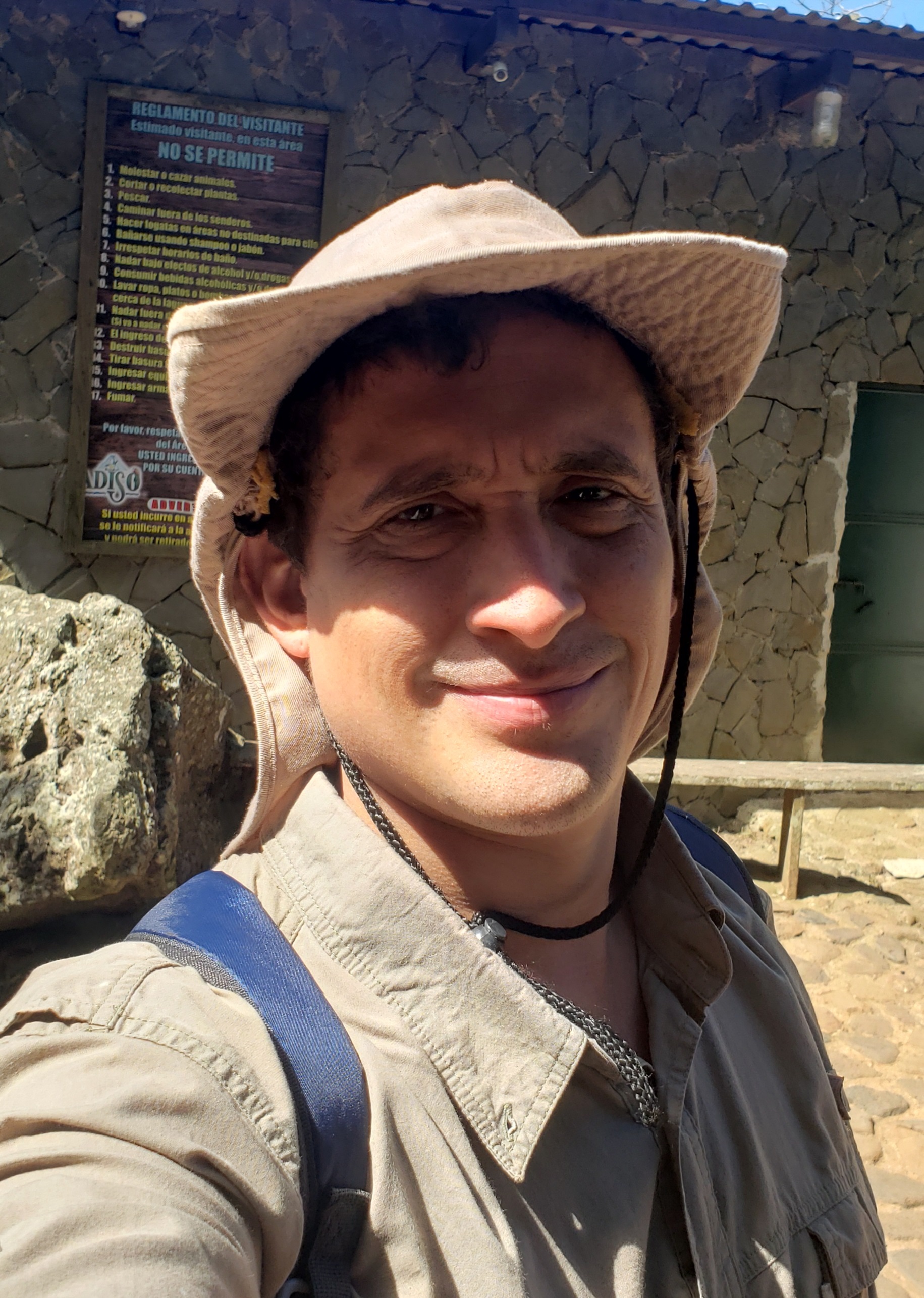
Marvin Alejandro Tórrez Gutiérrez is a biologist with a master's degree in pedagogy applied to disaster risk reduction and adaptation to climate change. He also studied landscape ecology, numerical analysis and ecotourism. He currently serves as teaching researcher and coordinator at the Juan Roberto Zarruk Biological Station (UCA) in Jinotega, Nicaragua. His research is related to bird populations in fragmented agricultural landscapes, bioindicators, endangered species and habitat loss and degradation. He has participated in more than 31 publications in various media, ranging from scientific journals to books, which have contributed to a better knowledge of biodiversity in Central America and the Caribbean. He has teaching experience in biology, ecology and methodological design. He is an active collaborator of civil society, through his outstanding advices to young environmentalists
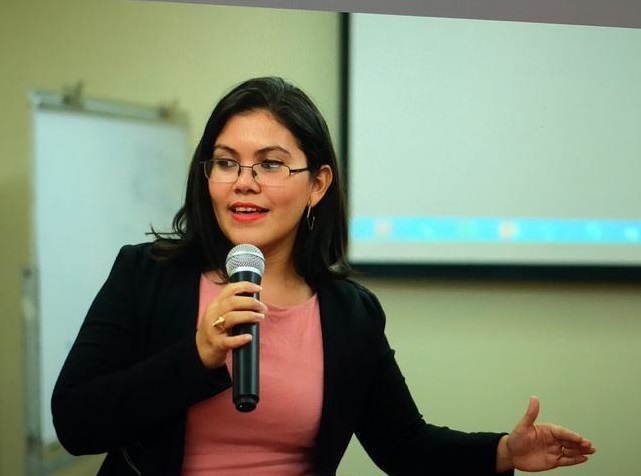
Zacha Gutiérrez Montes holds a degree in banking and finance, with training in the development of business plans for youth enterprises. She also served as a facilitator of participatory processes, technical representative in international relations, with experience in the field of distance learning education with attention to rural communities in Nicaragua's dry corridor and youth empowerment. She contributed to 3 scientific publications in books and journals, contributing to a better knowledge on biodiversity and integral waste management issues. She is currently the Executive Director of the NGO Jóvenes Ambientalistas.


